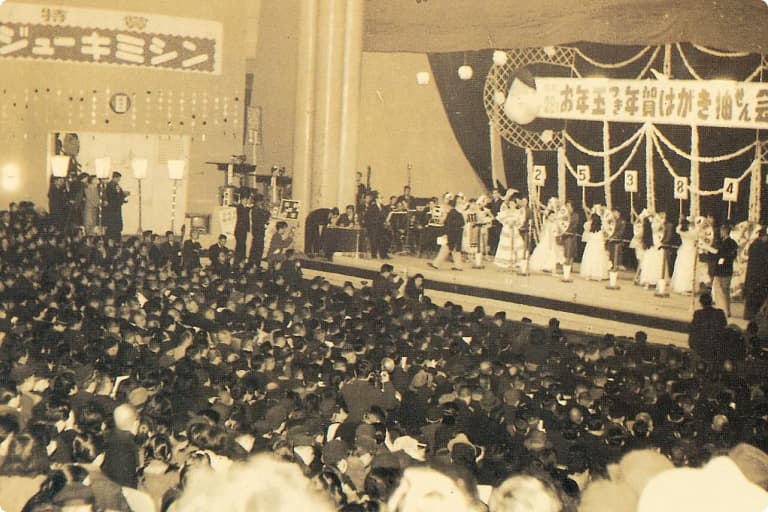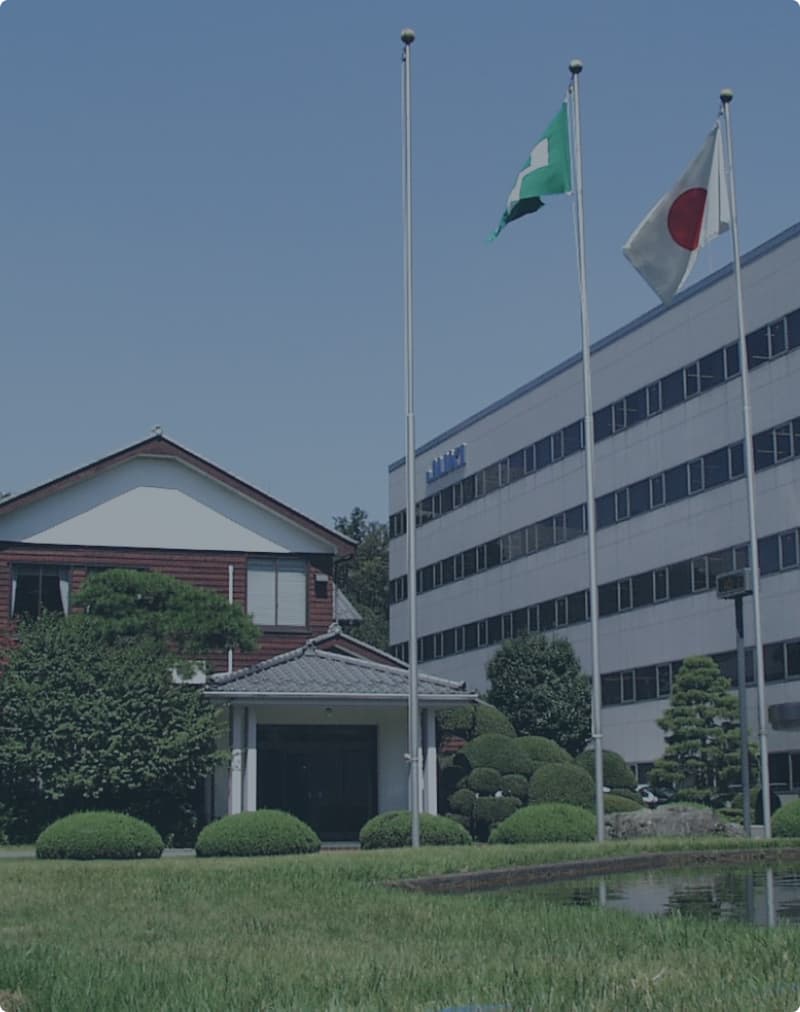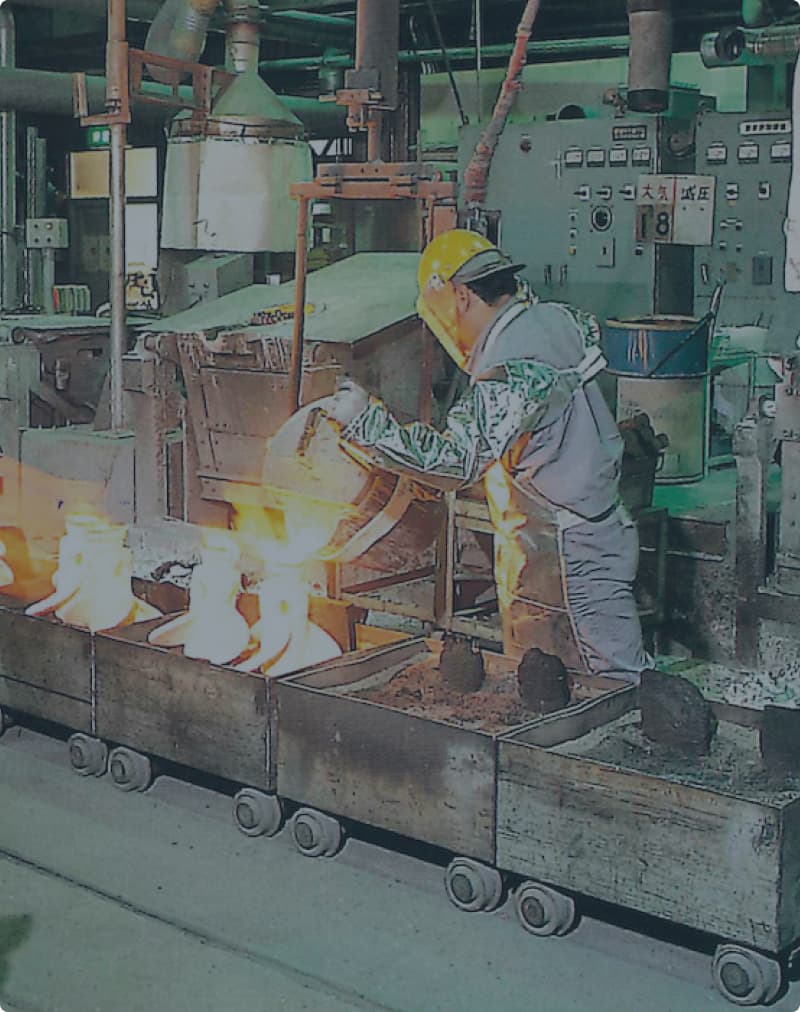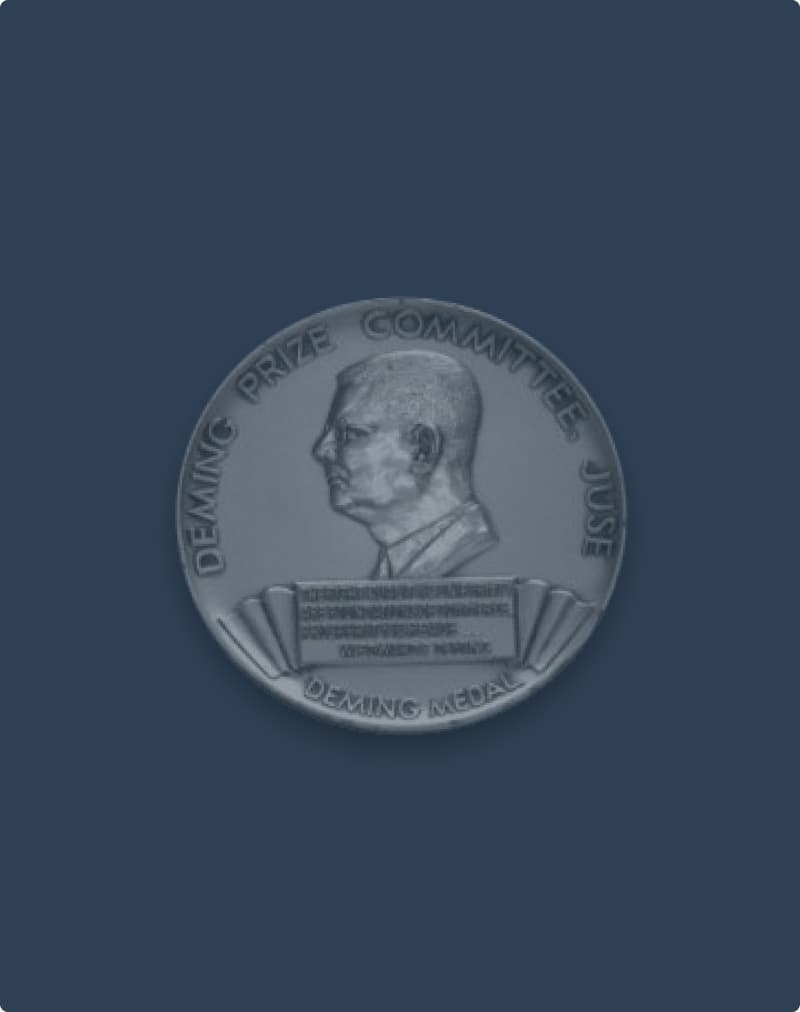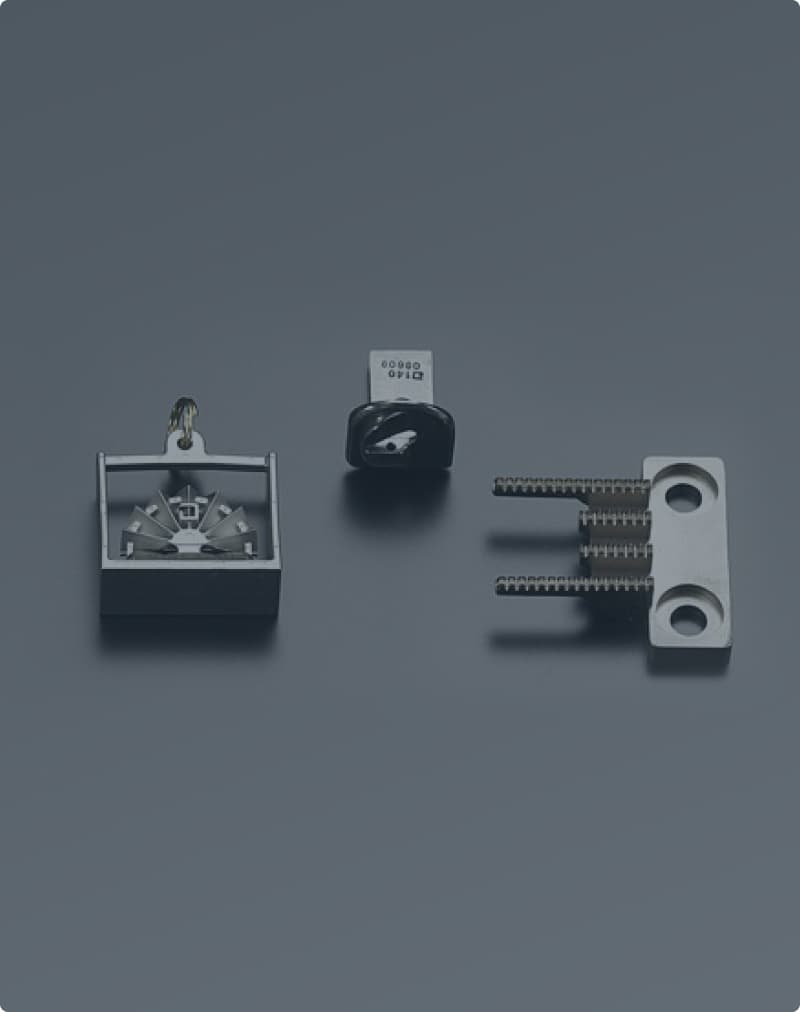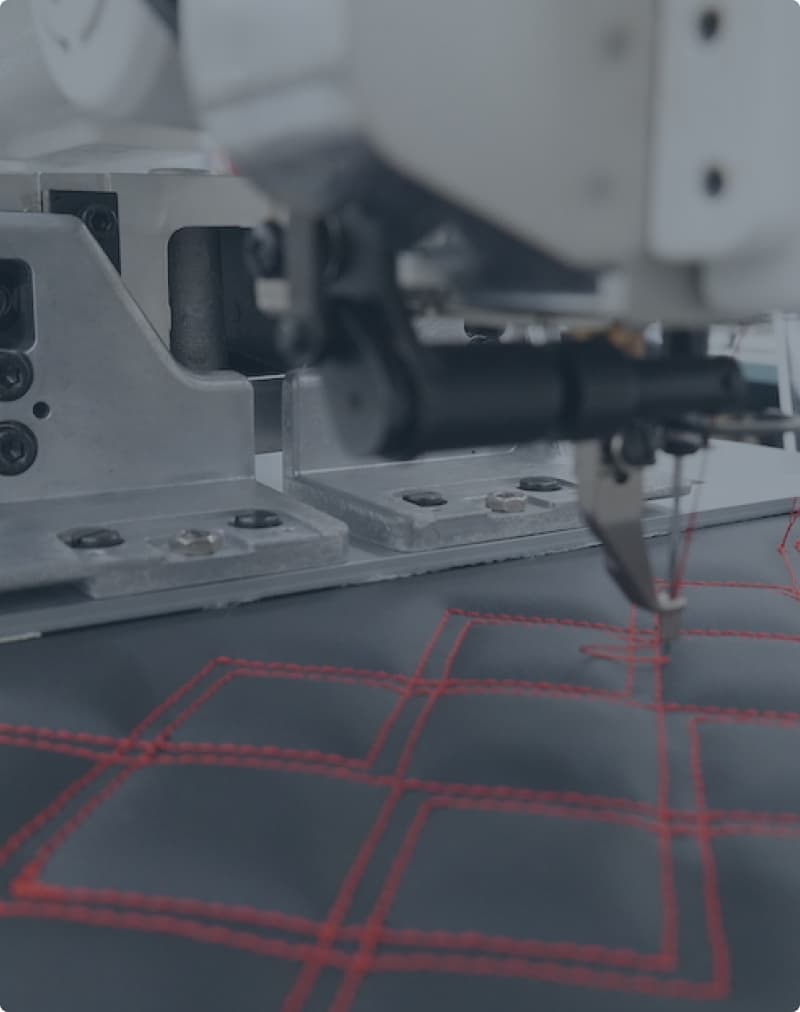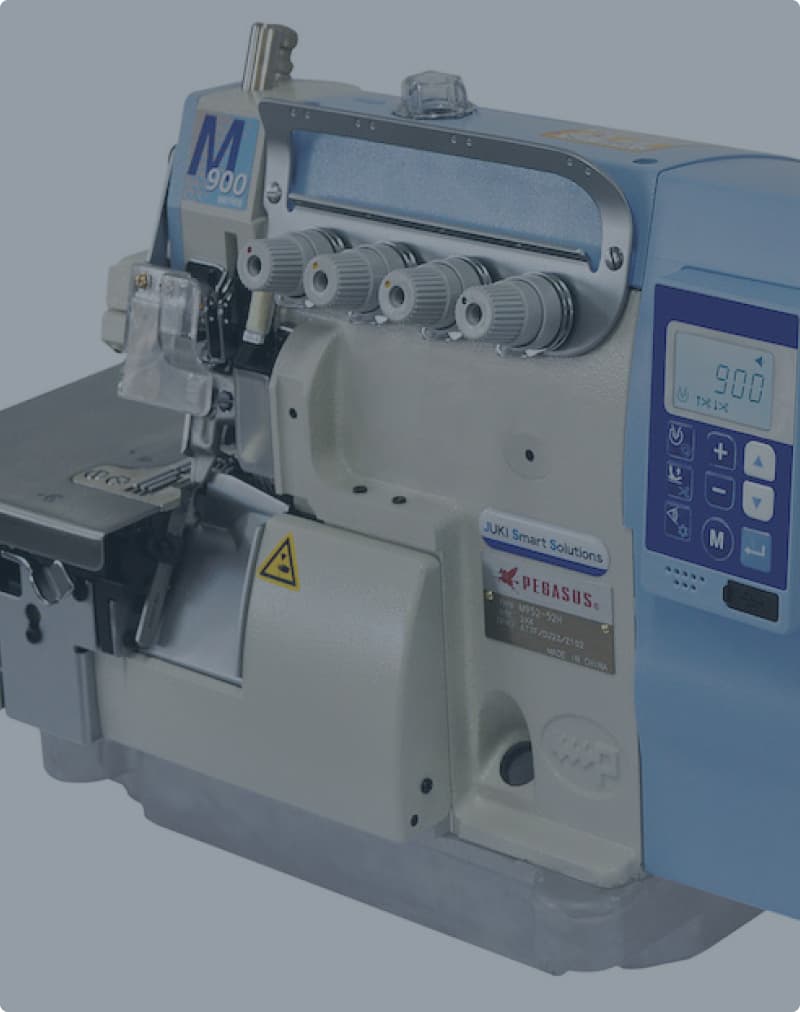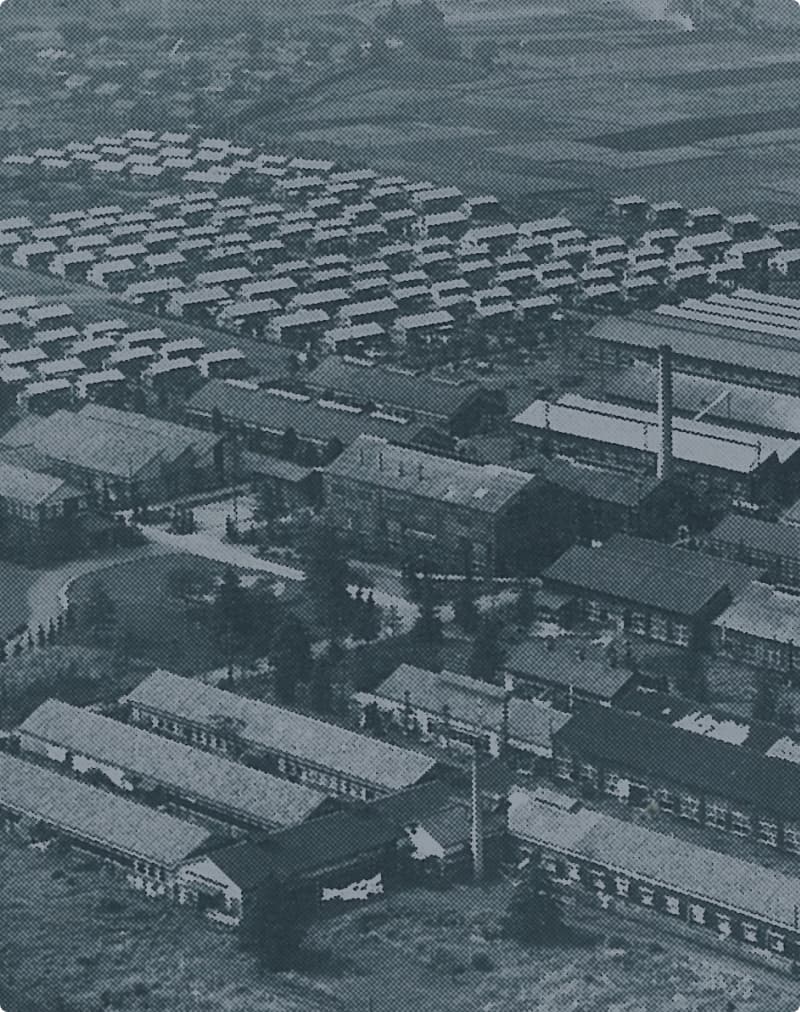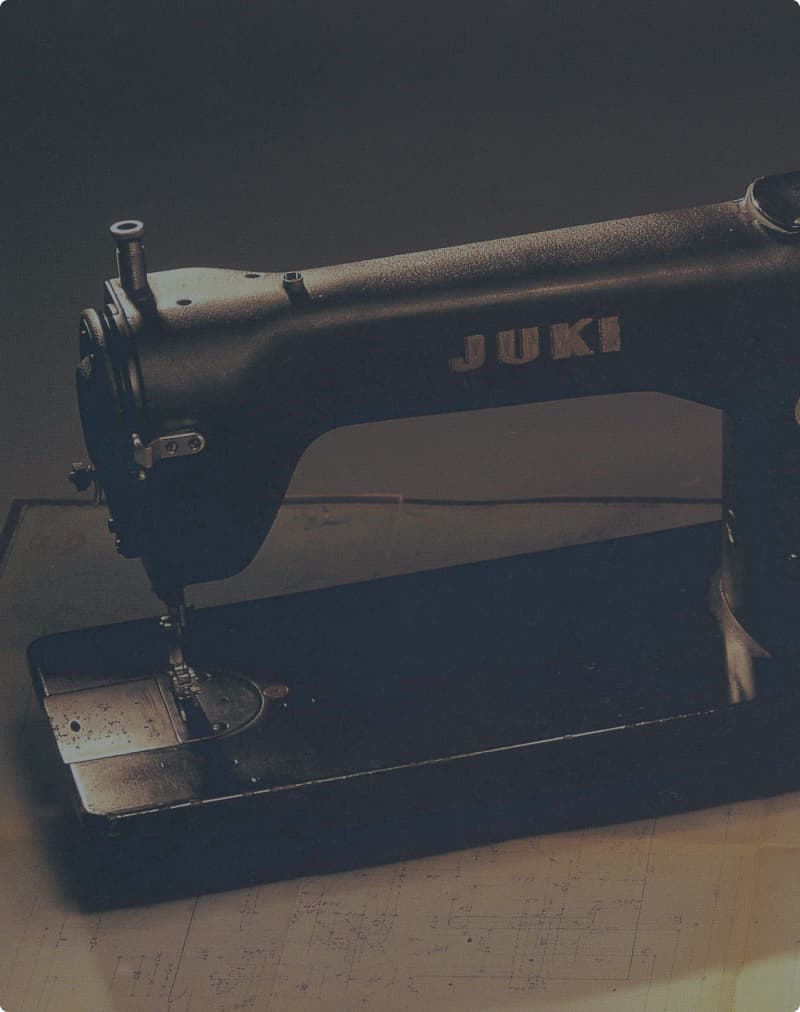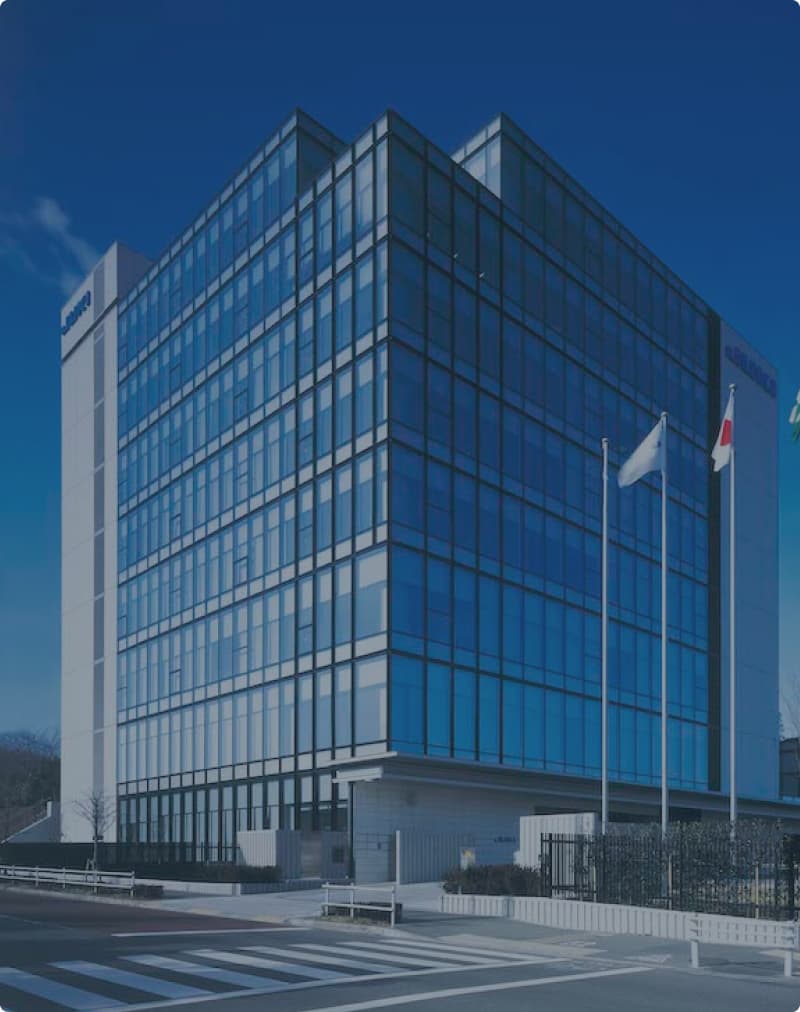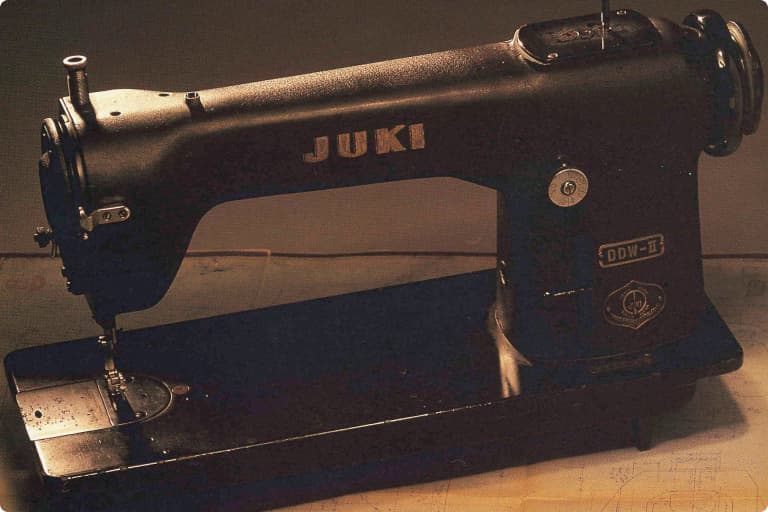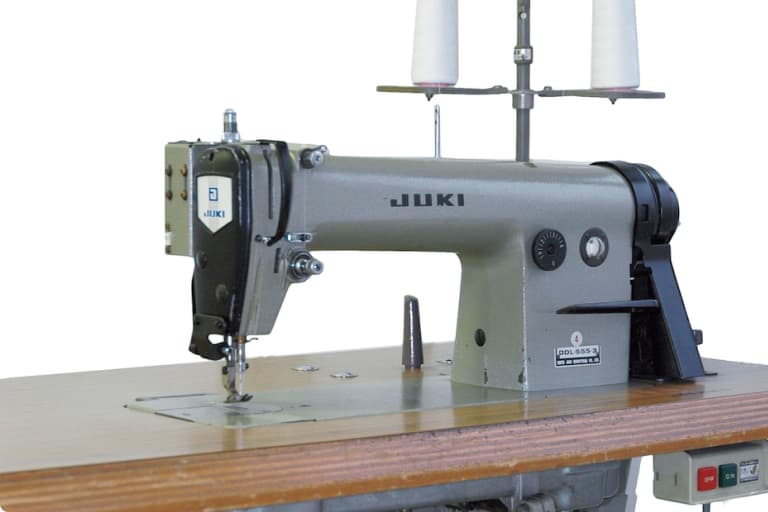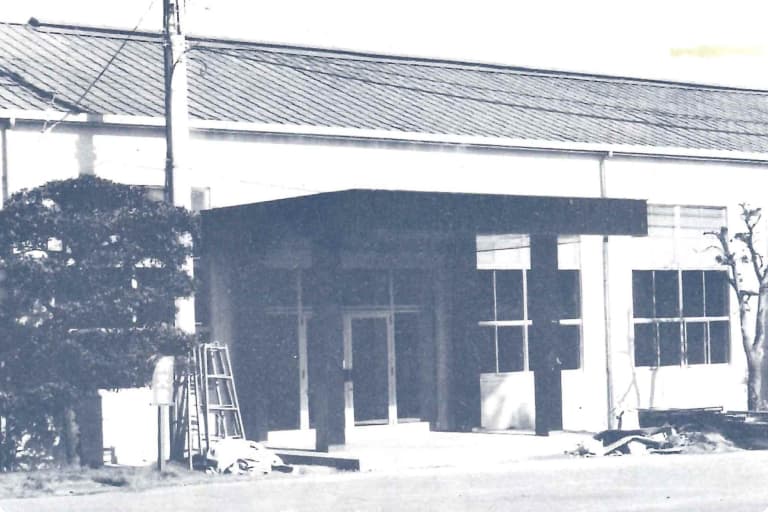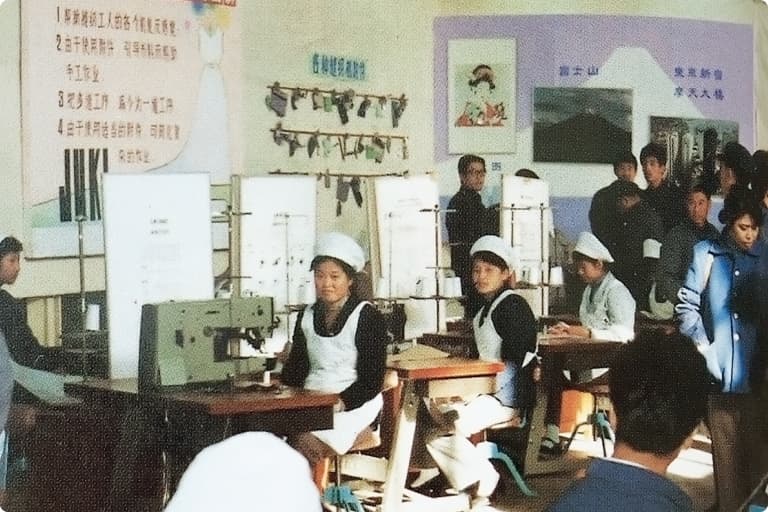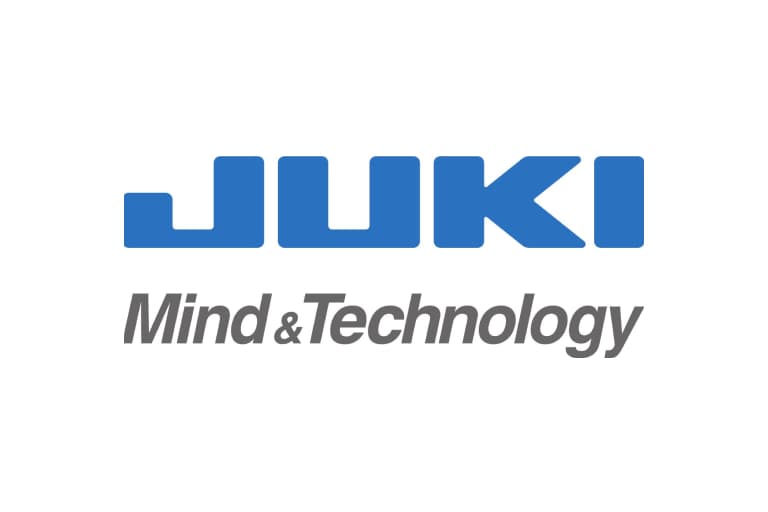
- Year 1938
-
“Tokyo Juki Manufacturers Association” is established.
The organization that will one day become JUKI’s predecessor is established.
Tokyo’s leading machinery manufacturers invest in the organization.

- Year 1943
-
The organization is renamed “Tokyo Juki Kogyo Co., Ltd.”
The company is reorganized as a joint-stock company due to expansion of business scale.
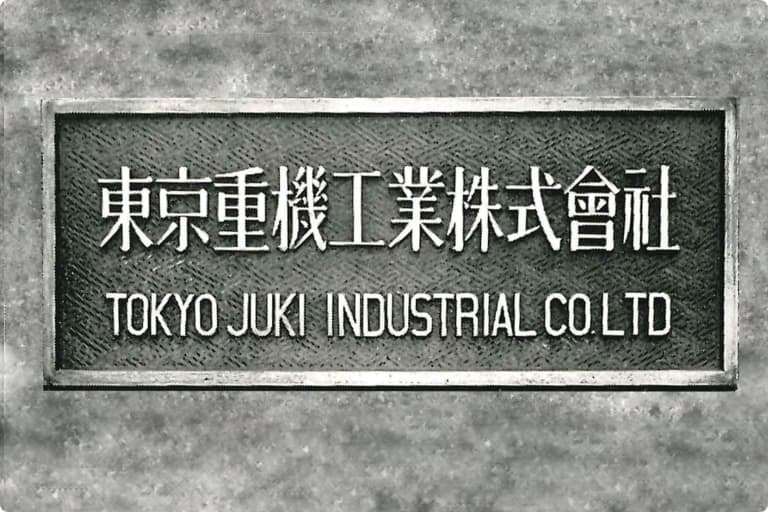
- Year 1945
-
The description of the company’s business is changed to “the manufacturing of sewing machines.”
The description of the company’s business is changed to “the manufacturing of sewing machines to support Japan’s reconstruction with a focus on manufacturing for peace.”
A parts manufacturing business commences for household sewing machines.
- Year 1947
-
JUKI’s first household sewing machine, the “HA-1,” is completed.
Starting from the manufacture of parts, JUKI completes its first household sewing machine through a process of trial and error.
-
*
The HA-1 is assembled based on a unified standard in the sewing machine industry.
-
*
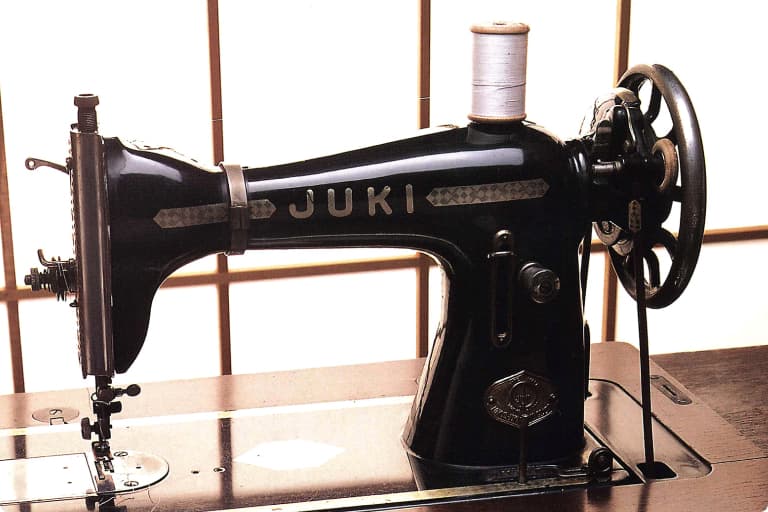
- Year 1947
-
JUKI’s “HA-1” is selected to become a “special prize” item to appear on New Year’s greeting cards with lottery numbers.
After earning an A-class designation from the Sewing Machine Performance Examination Committee under the Ministry of Commerce and Industry (1947), the machine is selected to become a special prize item to appear on New Year’s greeting cards with lottery numbers.
The machine is subsequently selected to become a special prize item in 1950 and from 1952 to 1955 (five years in total)
